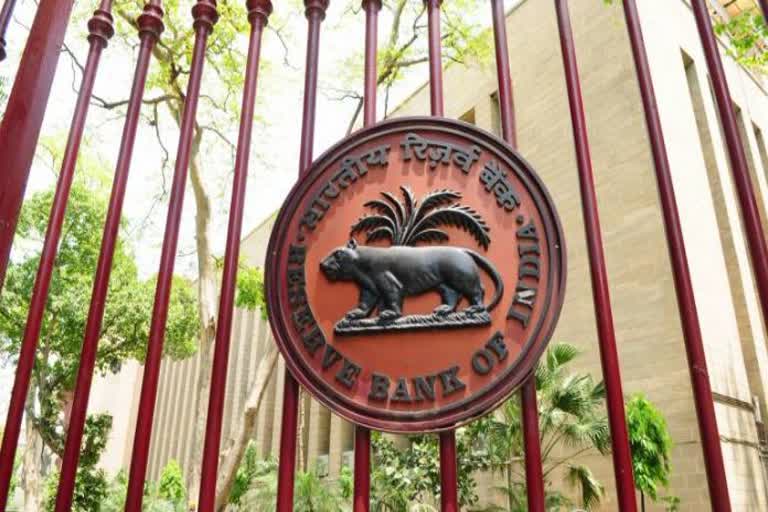Mumbai: The Reserve Bank of India (RBI) on Friday proposed a minimum equity capital of Rs 200 crore to set up a small finance bank (SFB) under the 'on tap' licence regime to expand the banking services through high technology-low cost operations.
Releasing the draft guidelines for 'on tap' licensing of SFBs in the private sector, the RBI said existing non-banking financial companies (NBFCs), microfinance institutions and local area banks in the private sector, which are controlled by residents, can opt for conversion into small finance banks.
It further said proposals from public sector entities and large industrial house/business groups, and autonomous boards/bodies will not be entertained.
A small finance bank is primarily set up to undertake basic banking activities of acceptance of deposits and lending to unserved and underserved sections, including small business units, small and marginal farmers, micro and small industries and unorganised sector entities.
The objectives of setting up of SBFs is to further financial inclusion and supply of credit "through high technology-low cost operations", the draft said.
"The minimum paid-up voting equity capital for small finance banks shall be Rs 200 crore, except for such small finance banks which are converted from UCBs...," said the draft on which the central bank has sought comments from the stakeholders by October 12.
Read more:GST Council meet next Friday; tax rate cut to hinge on revenue position
Further, in view of the inherent risk of an SFB, it shall be required to maintain a minimum capital adequacy ratio of 15 per cent of its risk-weighted assets (RWA) on a continuous basis.
The draft further said the promoters should hold a minimum of 40 per cent of the paid-up voting equity capital of the bank, which would remain locked in for five years from the date of commencement of the bank's business.
"Proposals having diversified shareholding, subject to the initial minimum shareholding of promoters, and a time frame for listing of the bank will be preferred," it said.
However, after the SFB reaches the net worth of Rs 500 crore, listing will be mandatory within three years of reaching that net worth.
Also, SFBs having net worth of below Rs 500 crore could also get their shares listed voluntarily, subject to fulfilment of the requirements of the capital markets regulator.
The foreign shareholding in the small finance bank would be as per the extant foreign direct investment (FDI) policy for private sector banks.
The RBI had issued the guidelines for licensing of SFBs in the private sector in November 2014. The process of licensing culminated in granting in-principle approval to 10 applicants and they have since established the banks.
It was notified in these guidelines that after gaining experience in dealing with these banks, the Reserve Bank will consider 'on tap' licensing of these banks.



